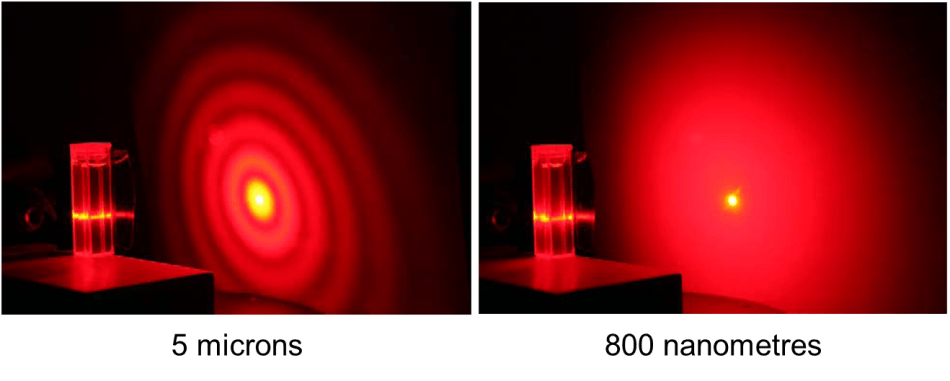Laser Diffraction – Why is it Such an Important Particle Sizing Technique?

As a technique of particle size analysis, laser diffraction offers the ability to learn more about particle size and shape with a high level of accuracy. This information is incredibly useful to industries and for research and the information generated is influential in streamlining and enhancing processes used.
Particle sizing technologies are intended to provide a reliable measurement (that can be reproduced) for different sized particles. There are multiple technologies for particle size analysis and it is vital to appreciate that no one piece of technology is appropriate for every job. There are advantages and also drawbacks to each piece of measurement technology and different devices are best suited to particular industries or tasks.
Why is measuring particle size and shape important?
Today, many industries rely on the ability to use a particle size analyser to measure the size of particles of varying sizes, including those that are incredibly fine. We know that for all materials that are milled or ground, the resulting particle size is typically the factor that determines performance of the product and efficiency of the process.
As a result, analysis of particle size has become crucial to industries such as the pharmaceutical, food and beverage, building and chemical industries.
Why is laser diffraction one of the most important and used particle size analysis techniques?
As it can be used to determine particle size of liquid suspensions, dry substances and aerosols, laser diffraction is most popular for its dynamic nature and range.
However, different particle size analysis technologies can quite often produce different results for the same sample. There is a logical reason for this, being that each particle analysis measurement technique measures a different part of aspect of the same material. For this reason, all particle size analysis results must be considered as the best indications possible rather than definitive and exact measurements.
Why is ‘Equivalent Sphere’ Theory used?
Even the smallest particles are multi-dimensional and it is very hard, not to mention problematic, to describe a multi-dimensional particle using one dimension only.
As only one shape, a sphere, can be described by one dimension, all techniques that measure particle size relate this to an ‘equivalent sphere’.
What are the most common particle sizing techniques used?
- Sedimentation techniques
- Sieve technique
- Aerodynamic sizing technique
- Laser diffraction
- Image analysis technique
With so many techniques for measurement available, which should be used?
Ultimately, there is no simple and definitive answer to this question. Because different products and processes can be measured, the most suitable measurement technology for the product and process needs to be chosen and applied. Having said this, of all of the technologies, the one that can be used most widely is laser diffraction.
The advantage of laser diffraction as a tool for determining particle size and shape is that it can be used to gain information about a wide range of particle sizes and sample types. This technique is suitable for materials such as sprays, powders, suspensions and emulsions and results are able to be delivered in the form of a ‘volume’ distribution, which is the most significant and logical description when bulk material properties are being analysed.




 02 9541 3500
02 9541 3500